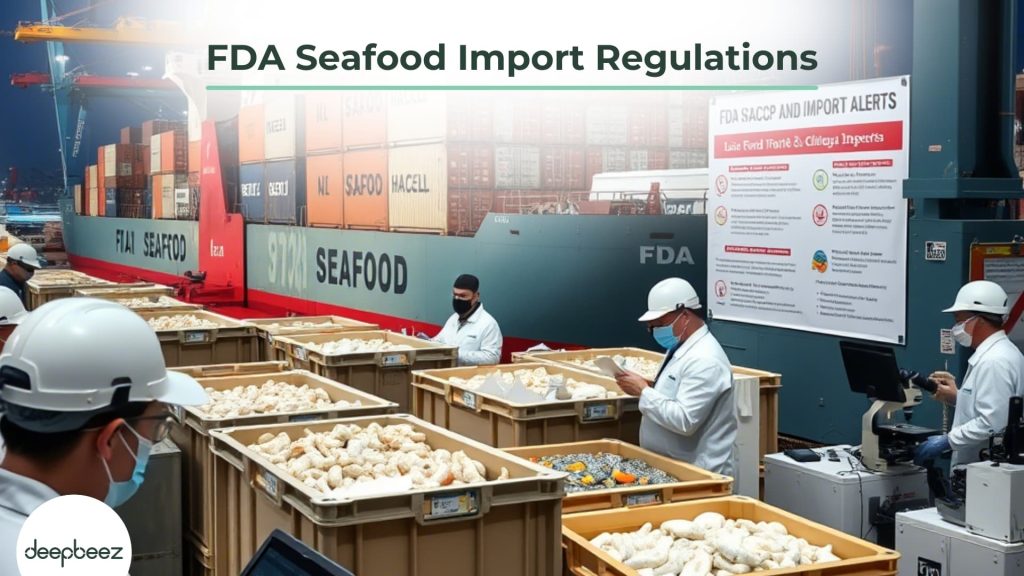Are you in the seafood import business or planning to enter this lucrative market? Understanding the FDA’s stringent regulations can feel overwhelming, but we’re here to break it down for you in simple terms. As someone who’s guided numerous companies through these regulatory waters, I’ll walk you through everything you need to know about importing seafood into the United States safely and legally.
In order to succeed in this field, you just need to learn how to stay customs compliance and avoid fines by correct HTS code lookup. How can correct HTS code help you in this process? HTS code is the first and most important document that you offer to the customs authorities.
